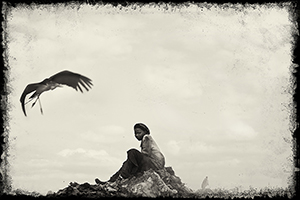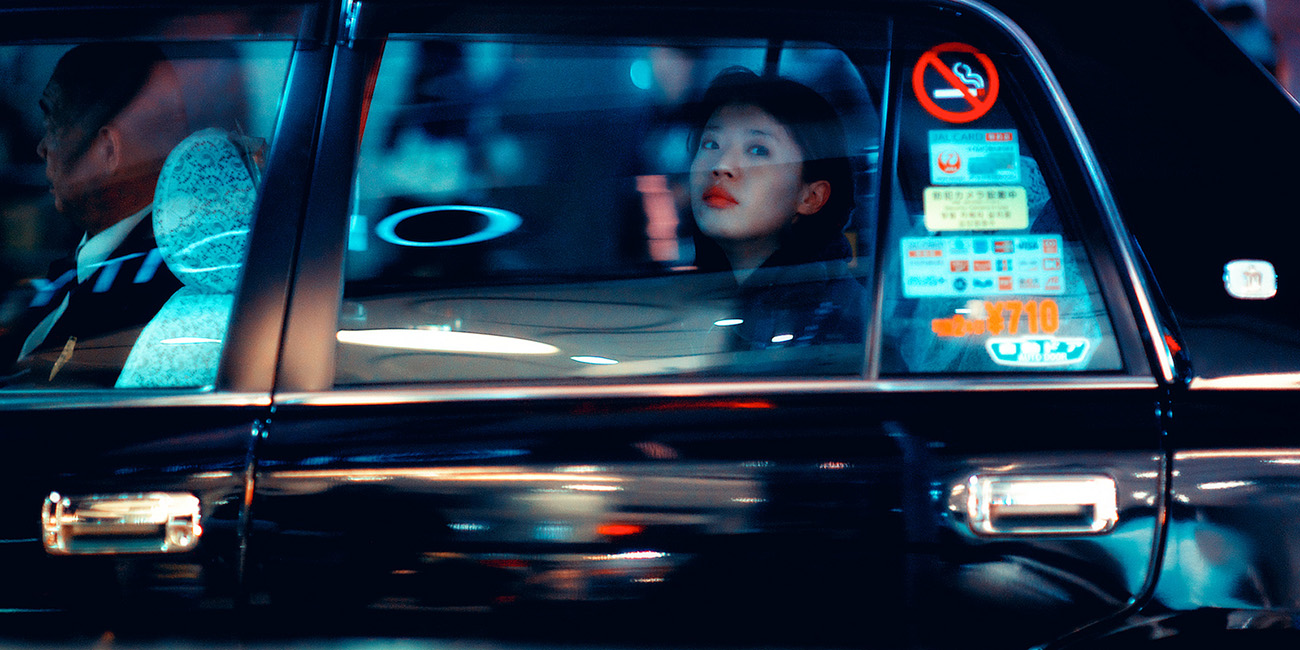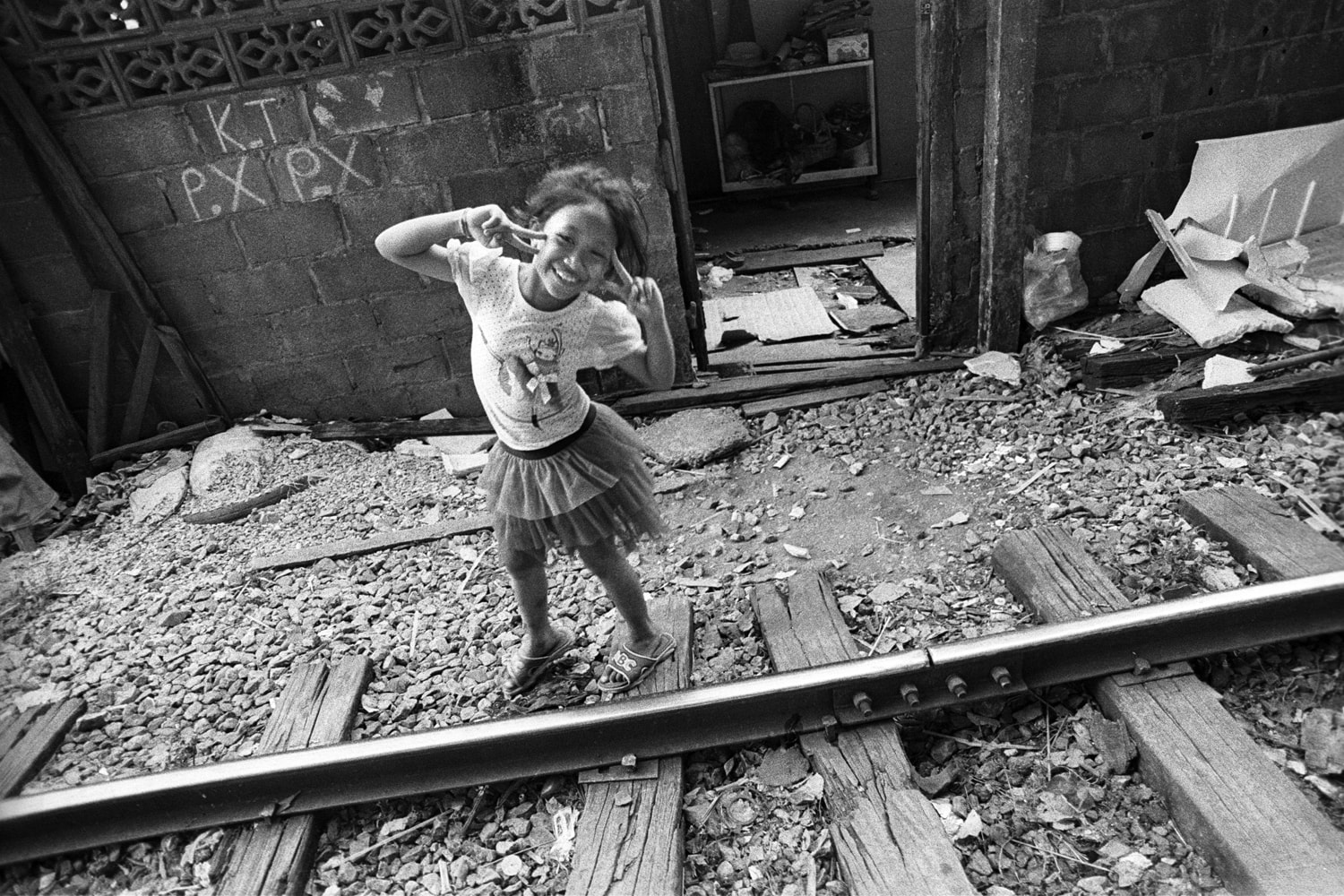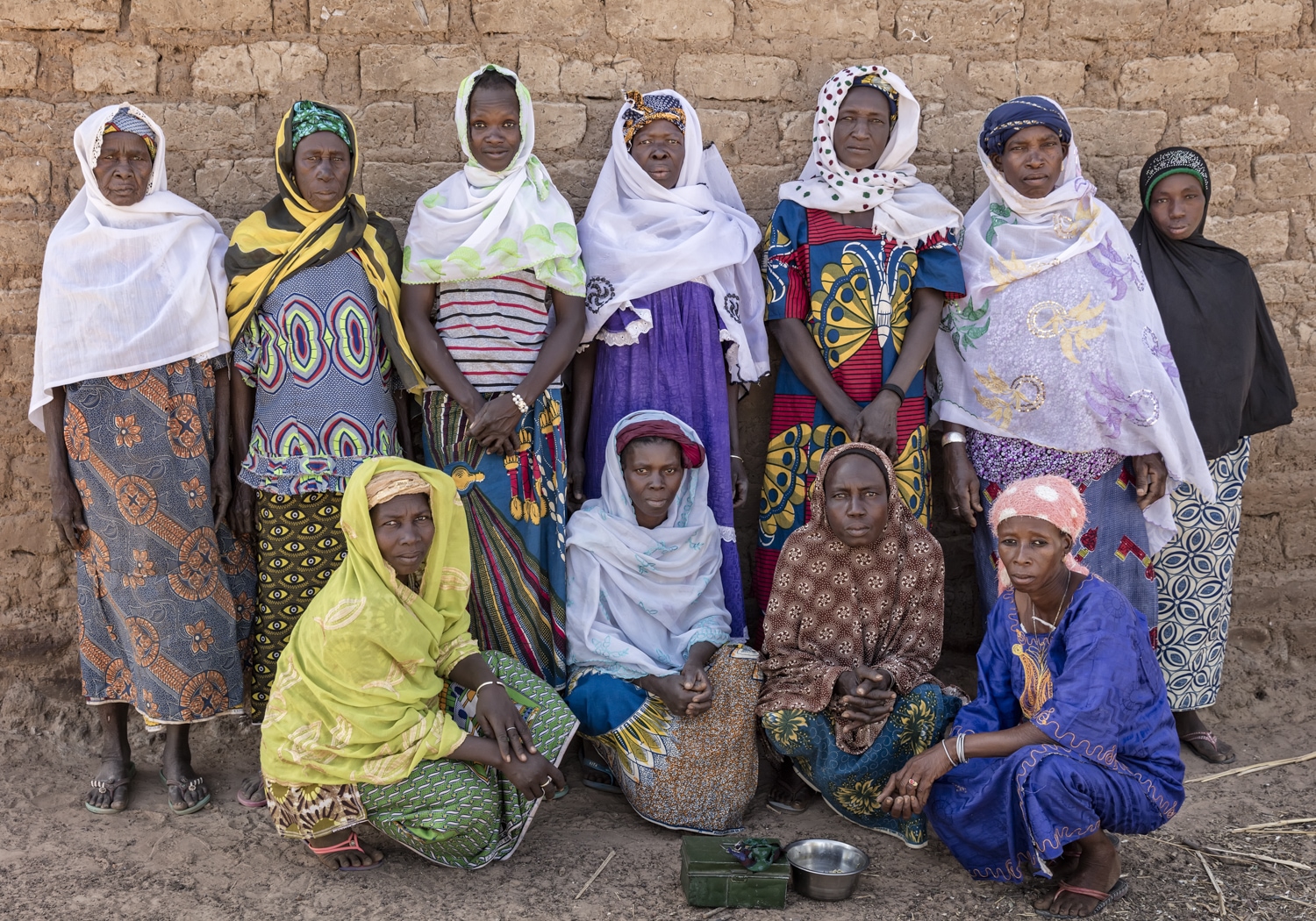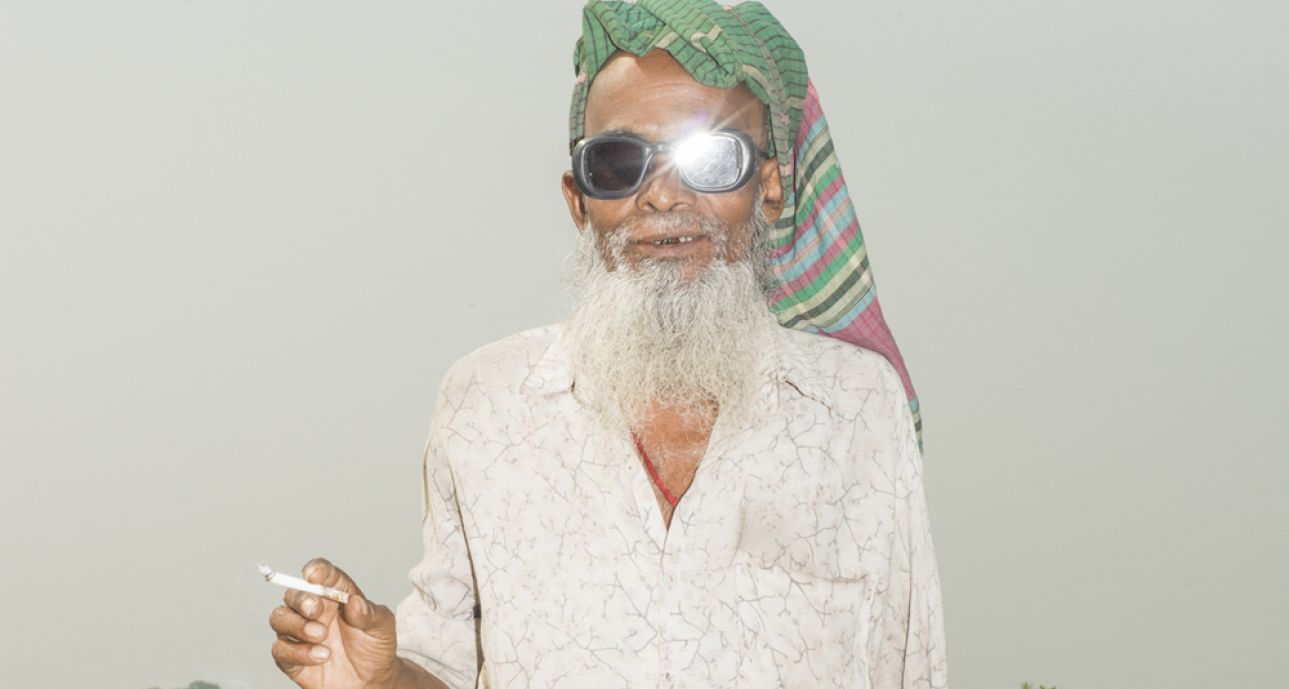
Here, For Now: Who Lives in the Bangladesh Slums
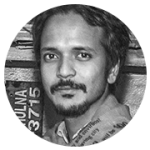
Photographer, lives in Bangladesh. Studied photography at the Pathshala South Asian Media Institute. Participated in the workshops of Donald Weber and Antoine d’Agata. Published his work in The British Journal of Photography and Fotoroom. Exhibited his work in Bangladesh, Norway, and China.
— Here, For Now is the story of the inhabitants of Rayer Bazar, a peripheral part of Dhaka, Bangladesh. Those living here do not have a fixed address to return to. The provisional living conditions of these people, most of whom are the very ones who help to build the city, and who are categorically ignored, are what I portray in this story. I try to document the surreal moments sparked by the desperate and innovative plight of their lives.
Rayer Bazar is mostly inhabited by lower class citizens; especially in the area I concentrated on, Boirakhali. Construction labourers, rickshawalas, hawkers, vegetable sellers, and drug-dealers — all sorts of survivors live here. As the city grows, their homes are pushed further into the fringes.
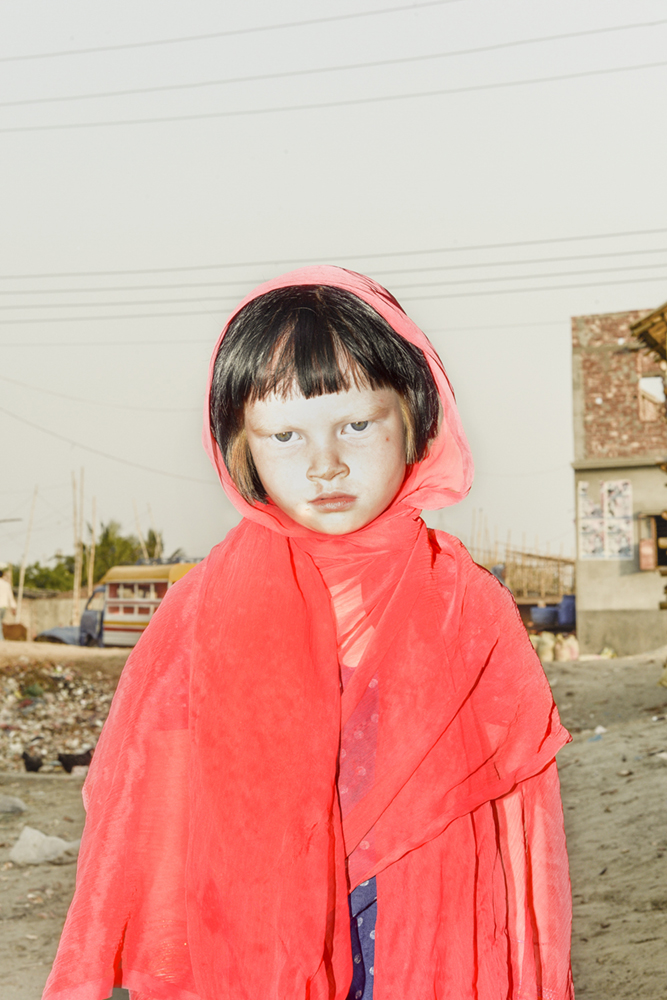
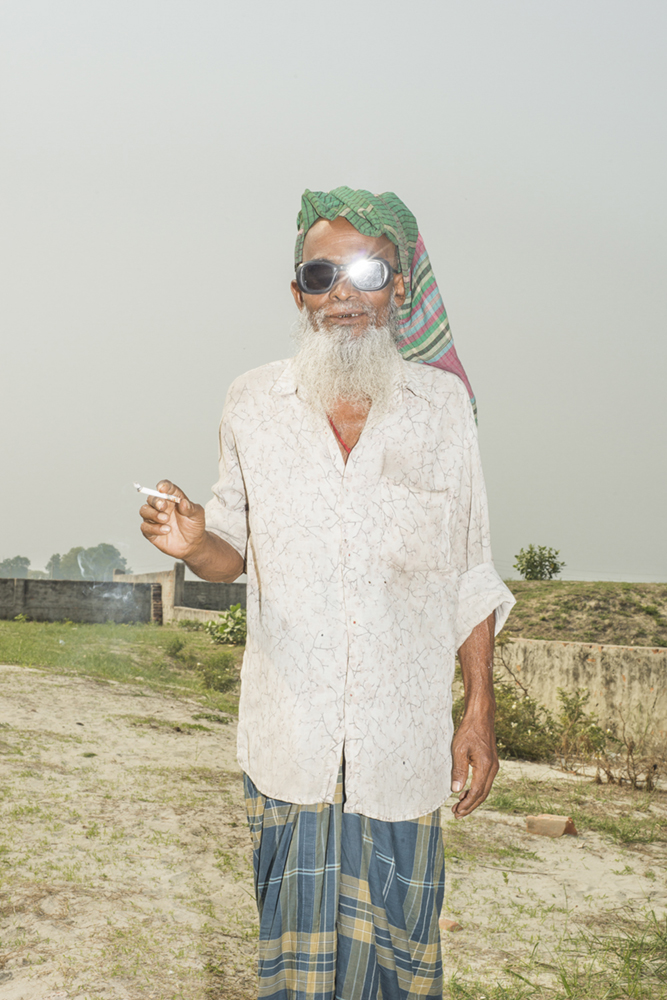
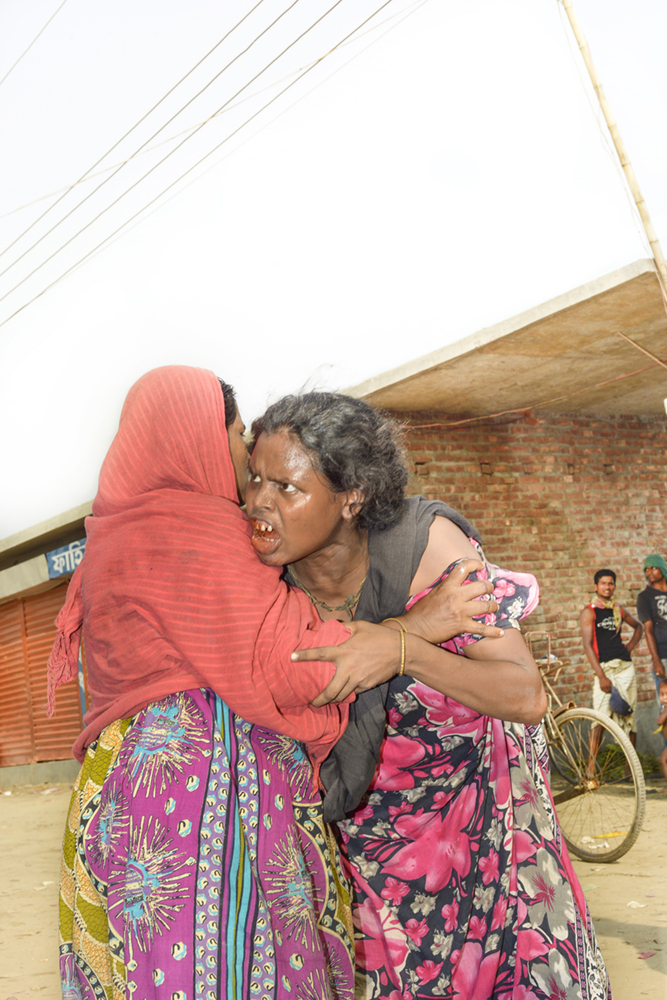
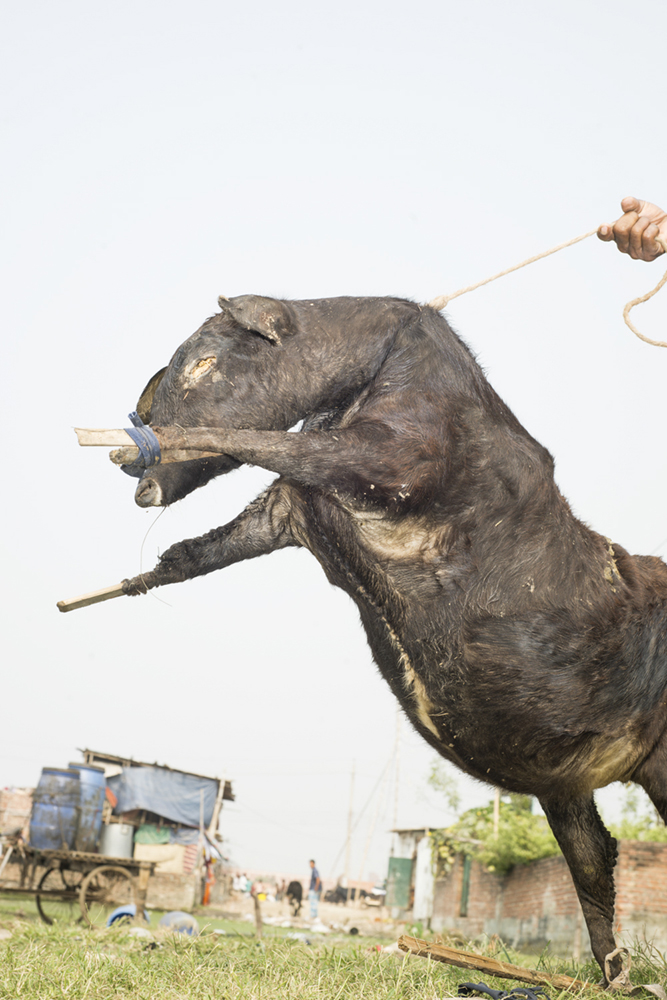
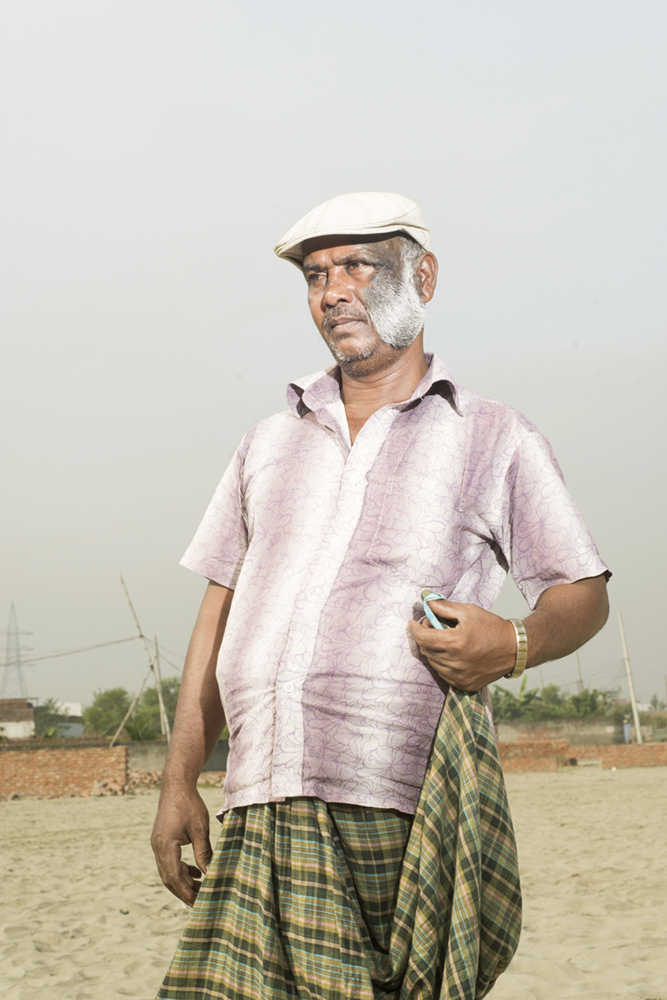
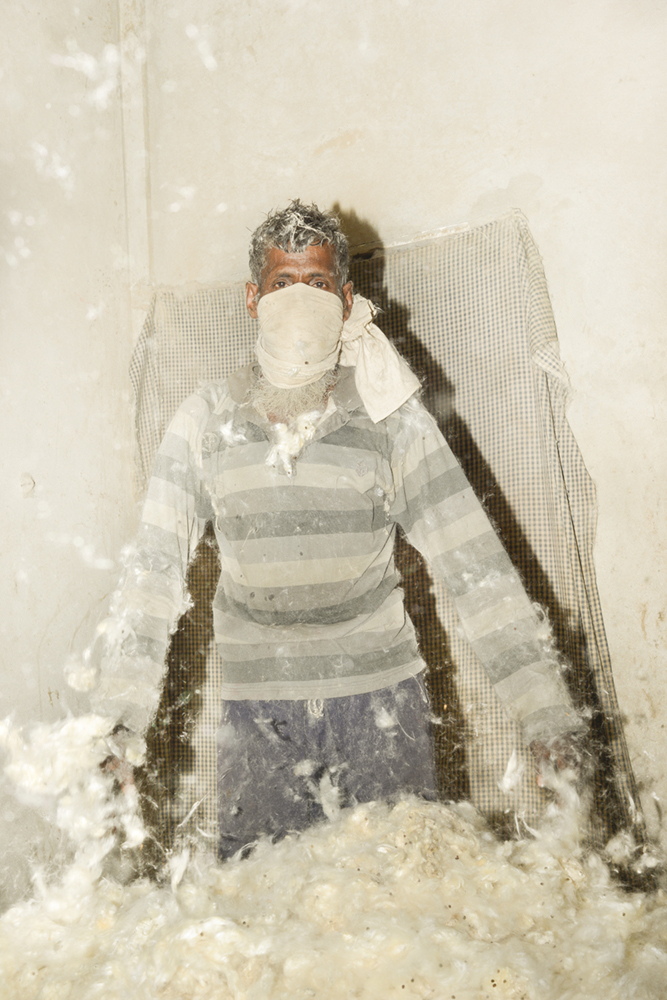
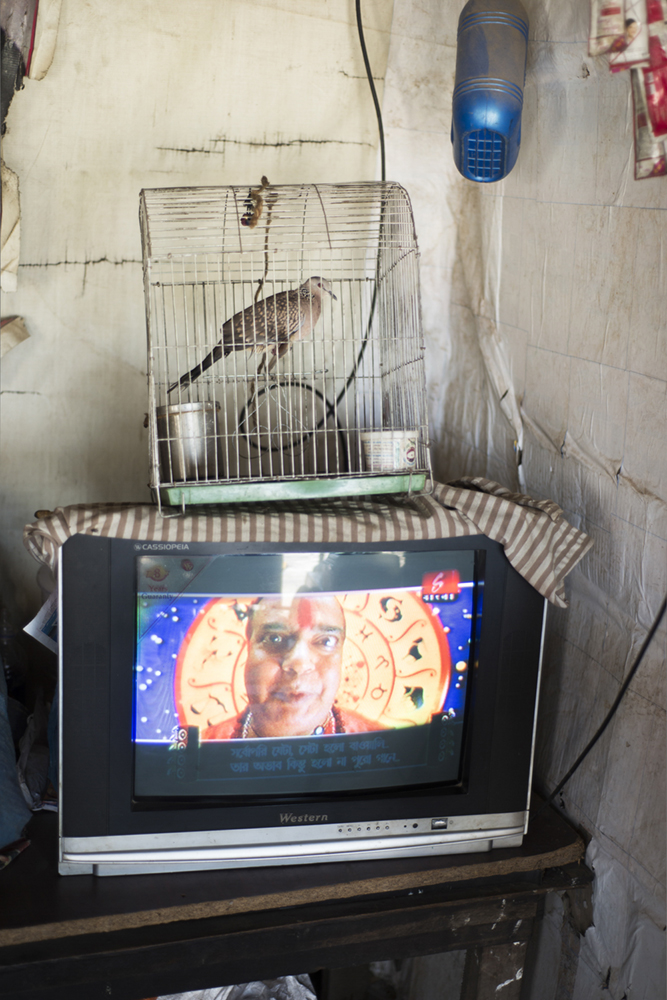
Photographers from my part of the world have typically represented poverty using an aesthetic of high contrast black and white photography, which I’ve felt makes their situation have an imposed desperation. Sure, economically, these people struggle. But their personalities are colorful and vibrant; they do have their share of happiness, which does not always have to be material. I felt my work is in many ways more representational of this.
I’ve spent a lot of time in Rayer Bazar, specifically at Boirakhali. I interacted with the people there and became a familiar face to them. The people who live here are mostly excited to be part of my project and want to know about me as much as I want to know about them, and many times people come asking me to take portraits of them. In almost all the photos I’ve asked them for permission before taking the photos and I am interacting with them while shooting.
Bangladesh is a developing economy and Dhaka city is growing very rapidly. Money comes in from various corners. Unfortunately, the trickle down effect rarely takes place — the money stays in the pockets of people who already have money. With the population density in my country it is very difficult for to relieve social inequalities, but I hope and pray that it will somehow be managed.
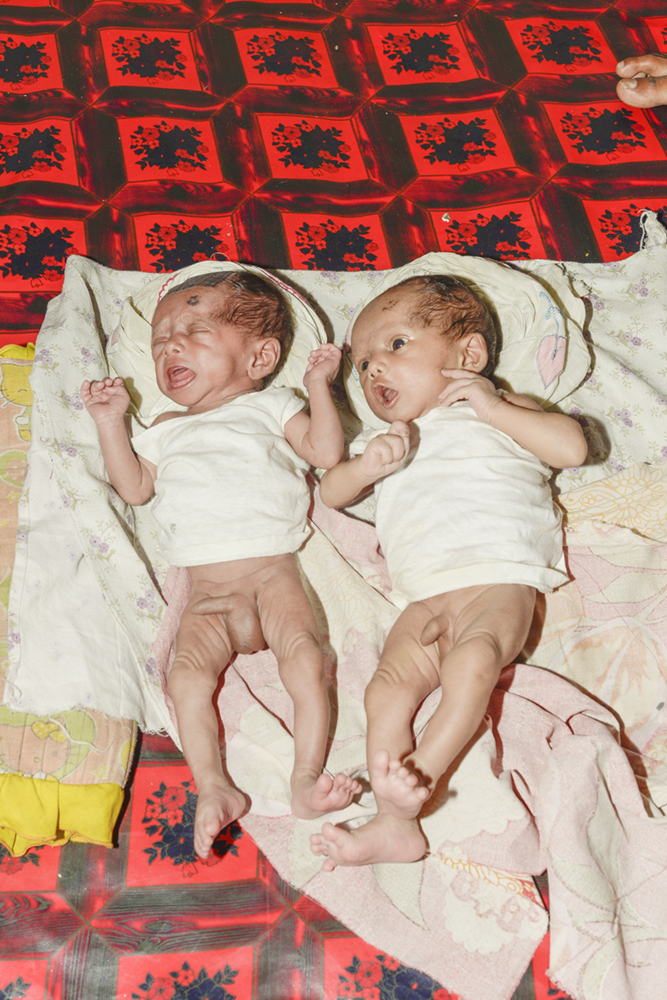
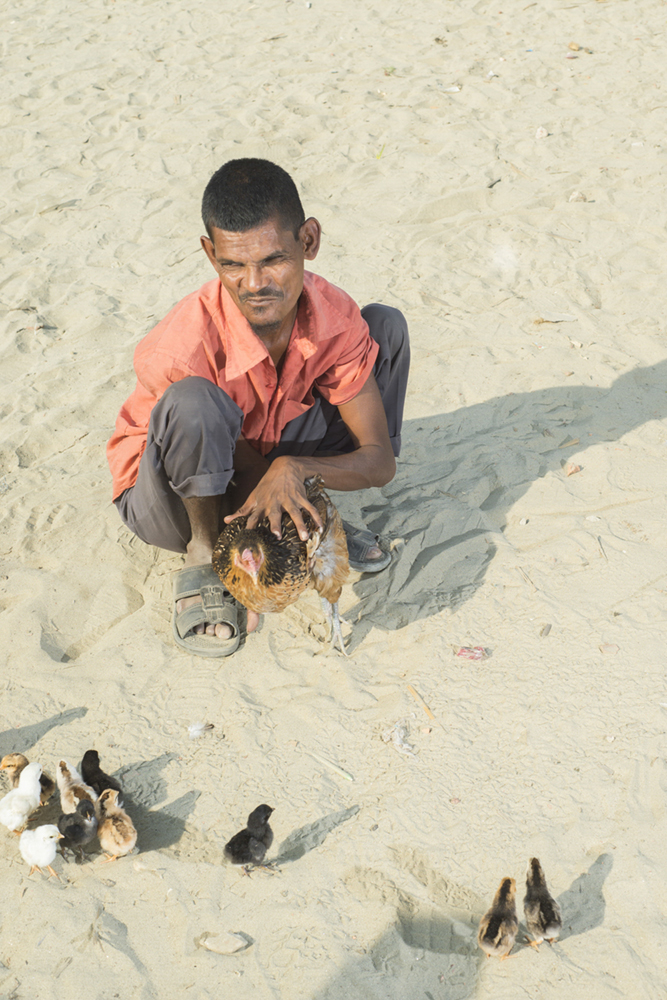
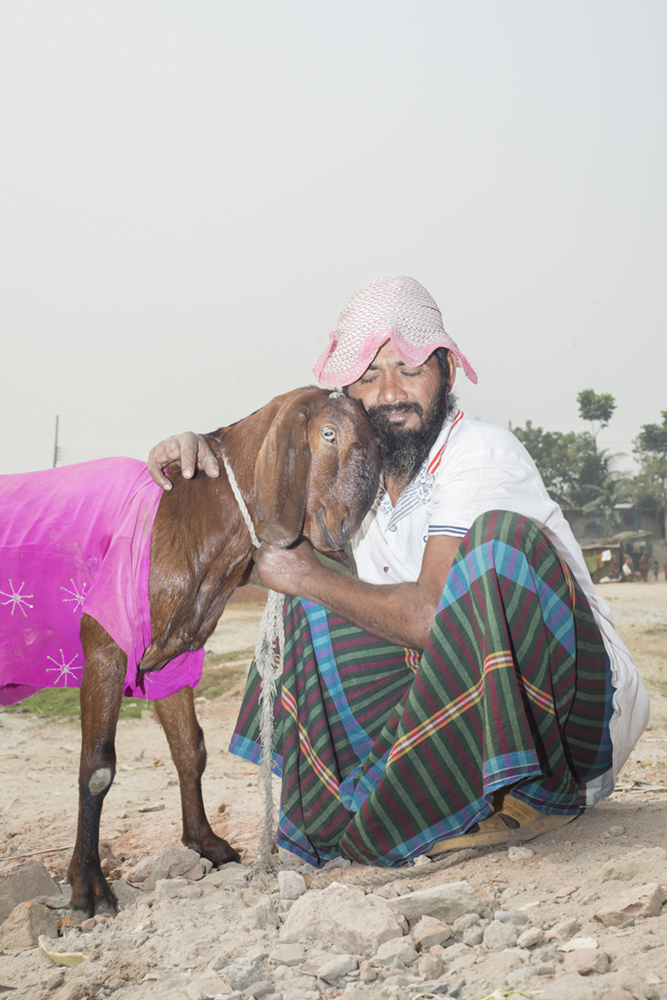
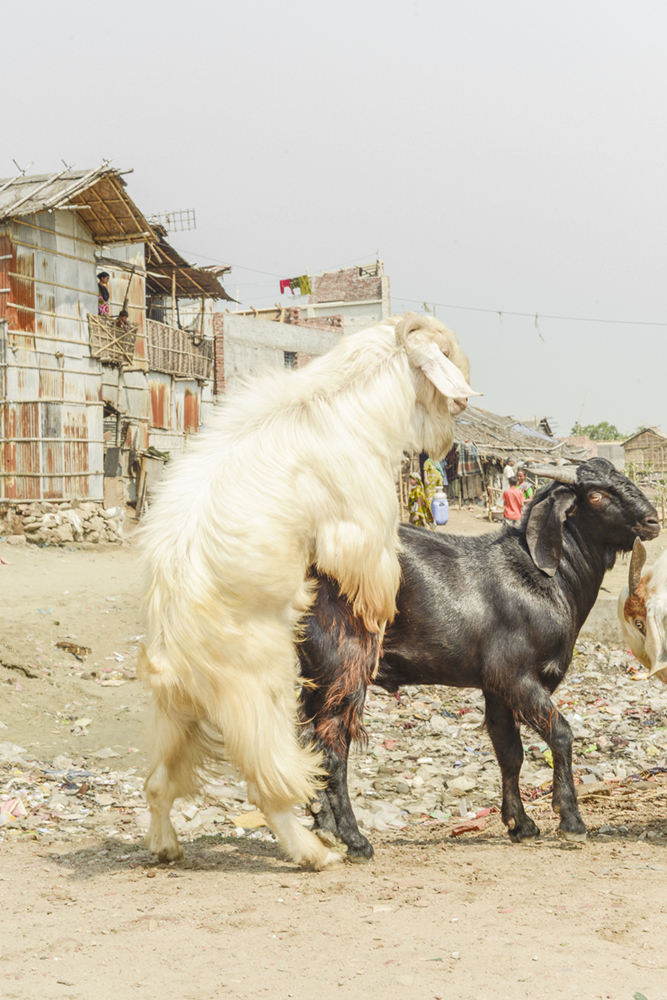
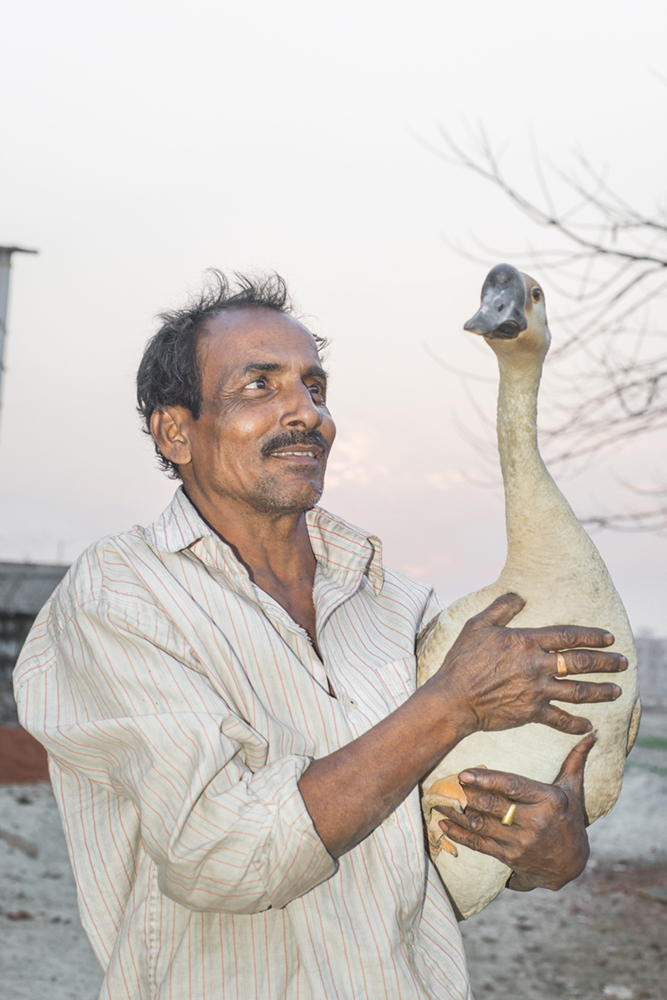
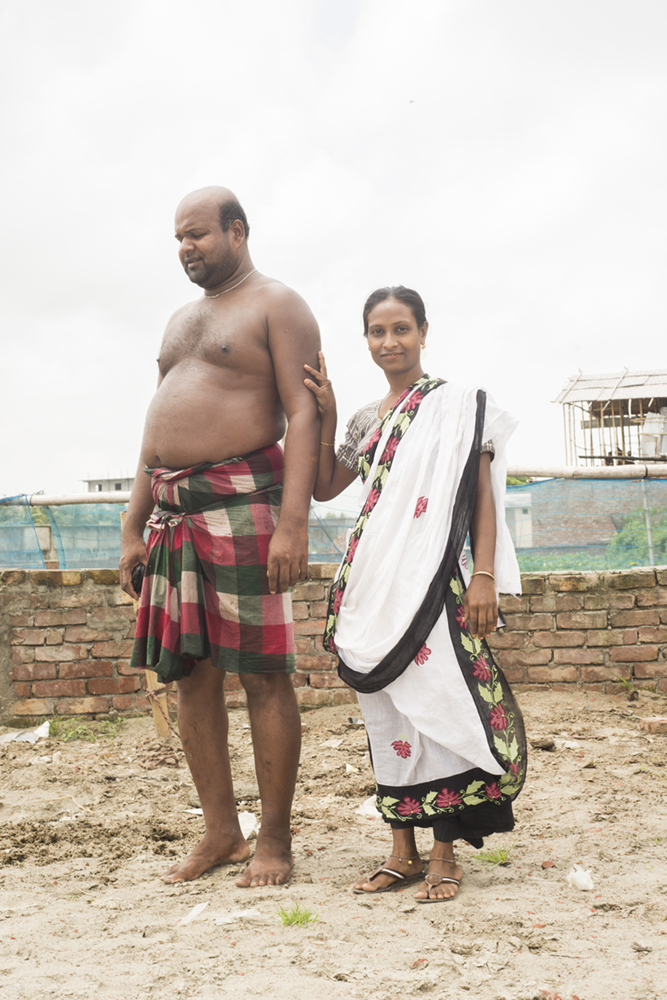
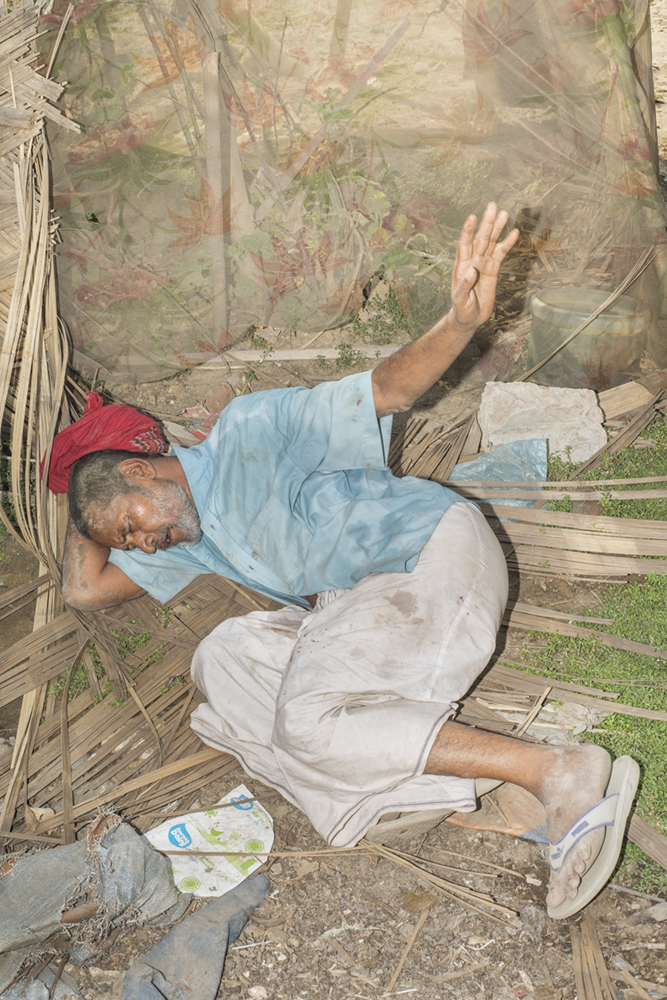
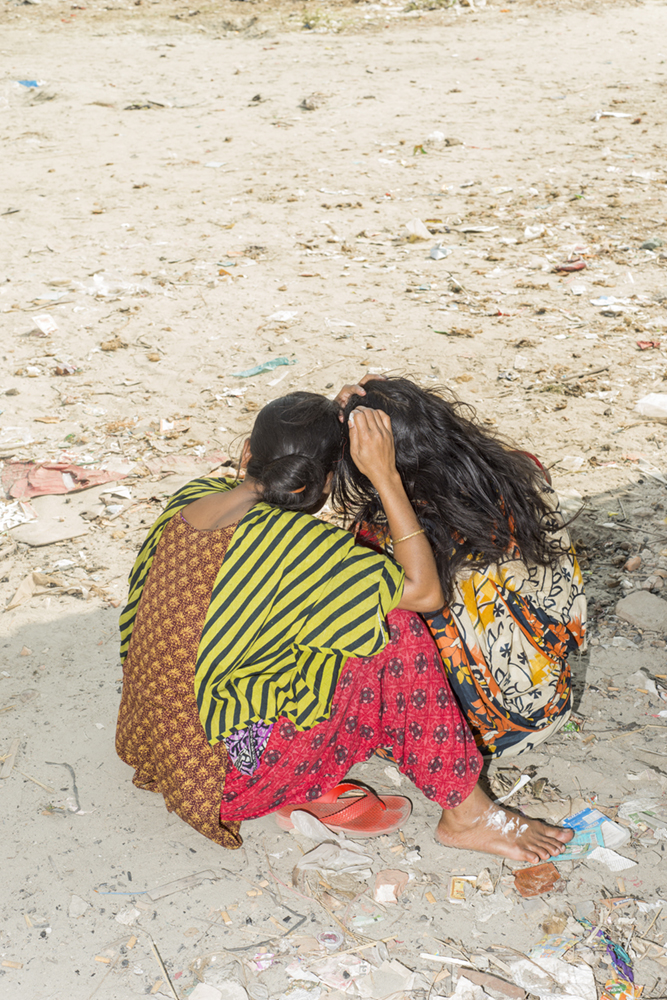
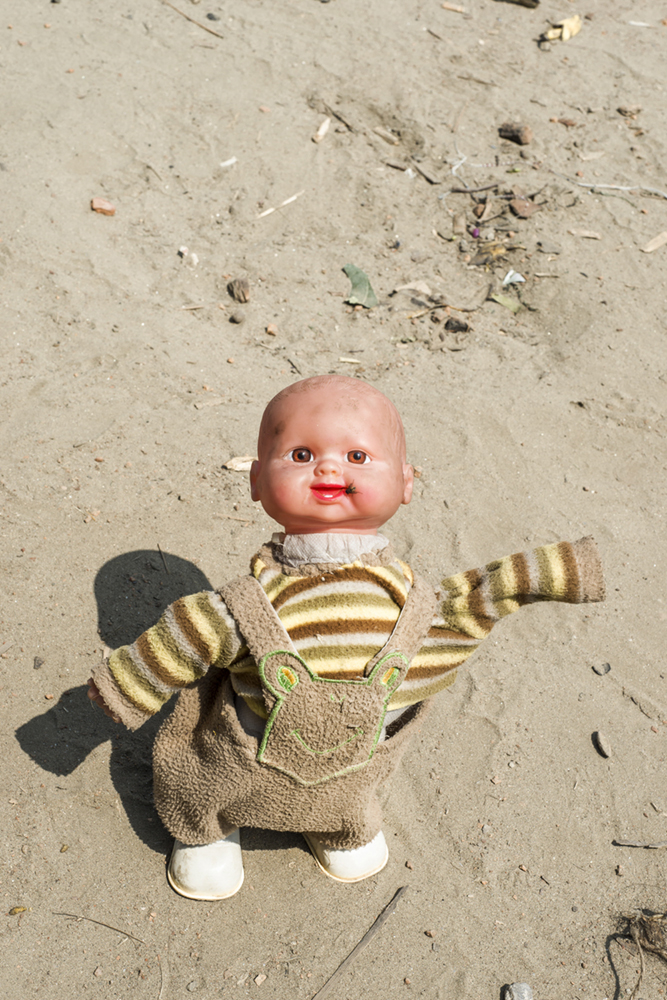
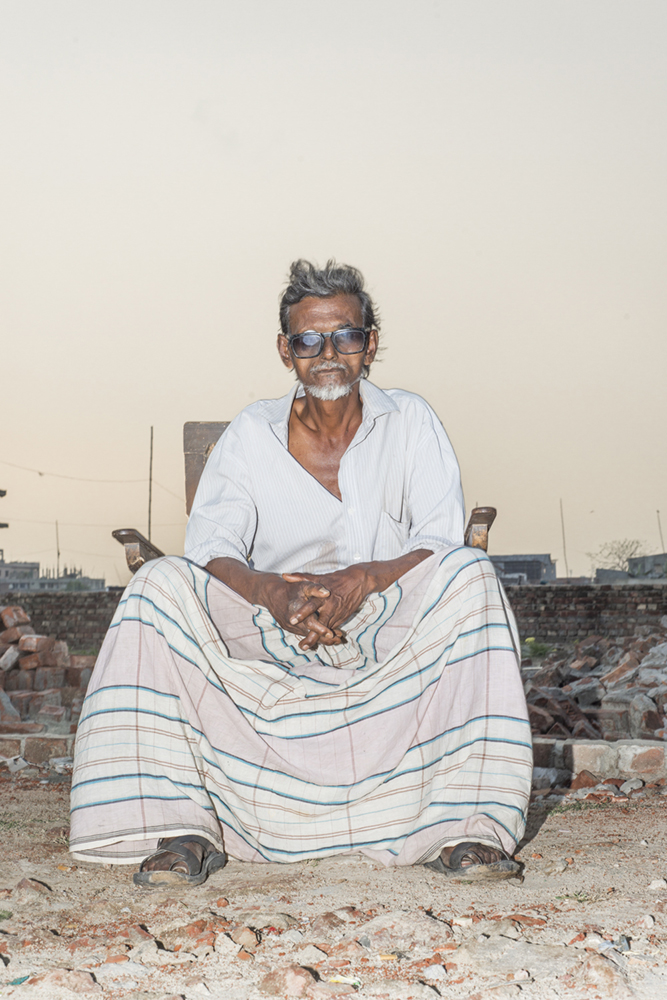
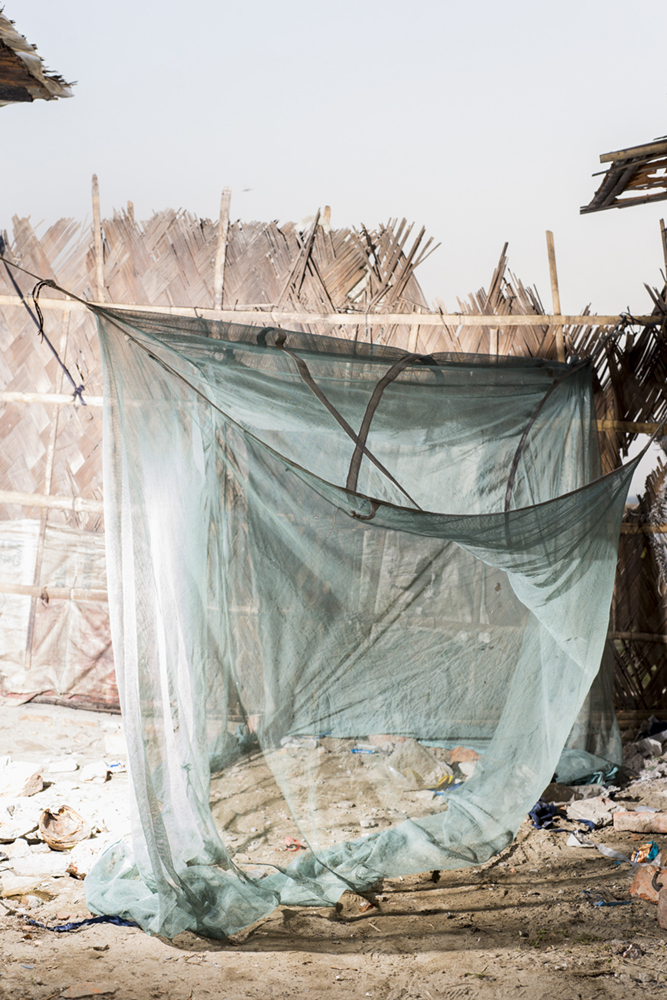
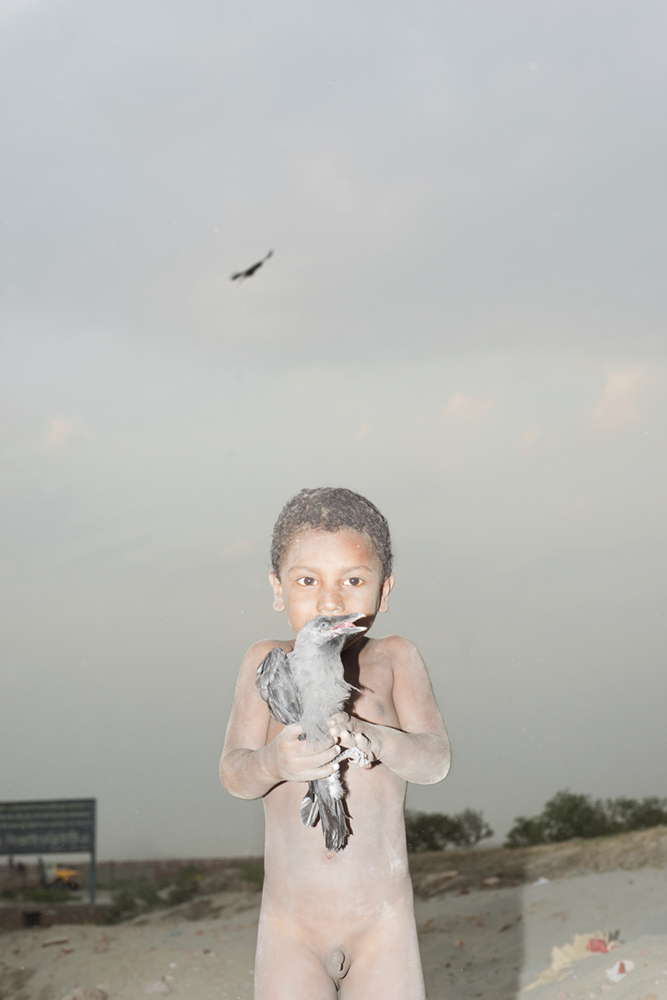
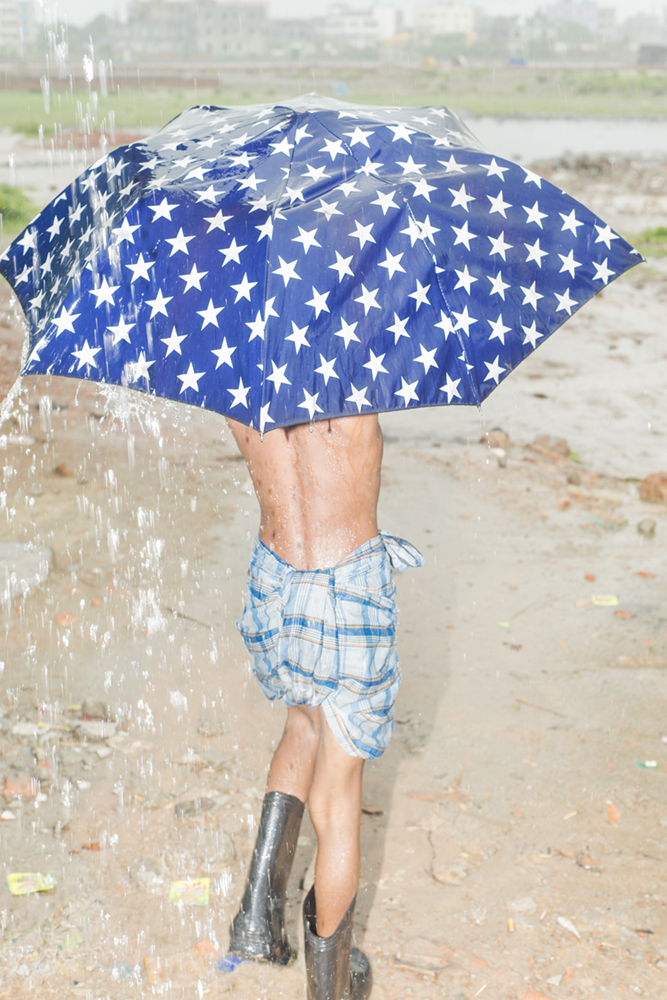
New and best
